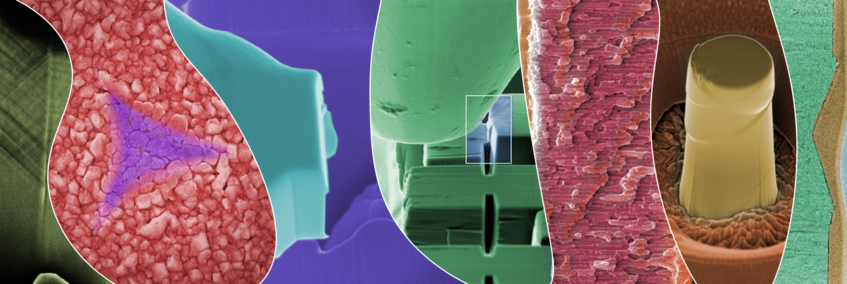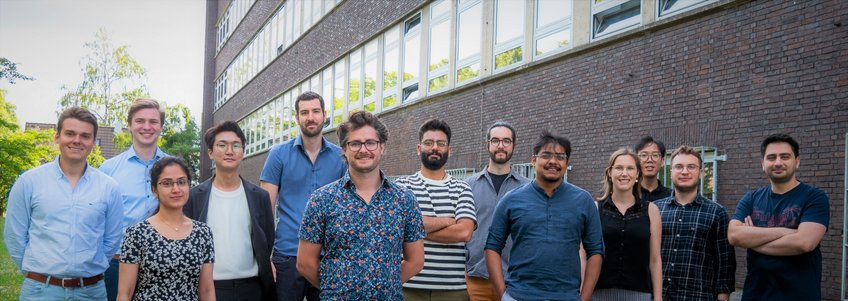
Mechanics at Chemical Interfaces
Interfaces, such as surfaces or grain boundaries, play a crucial role in determining the global mechanical behaviour and properties of materials. These interfaces can act as barriers to dislocation motion, influencing the strength, ductility, and fracture behaviour of materials. In addition, chemical reactions or varying chemical composition at these interfaces can affect the mechanical properties of materials, along with corrosion resistance and wear behaviour. Understanding the micromechanical behaviour at these interfaces is therefore critical for the design and optimisation of materials for a wide range of applications, from structural materials to electronic devices or batteries.
Furthermore, as materials are being engineered on increasingly smaller scales, the role of these interfaces becomes even more important, making research in this field essential for the development of advanced materials with tailored properties.
To meet these aims, state-of-the-art methods such as focussed ion beam milling and in situ scanning electron microscopy (SEM) are required based on the requisite sample dimensions of <10 µm. The group oversees cutting-edge dual-beam electron microscopy infrastructure, combined with a suite of in situ characterisation equipment allowing for highly resolved measurement of mechanical and also electrical properties. Room temperature quasi-static mechanical tests are complimented by both high (800°C) and low (-150°C) temperature modules, along with high strain rate testing capabilities, which allow for detailed investigations of material behaviour under a range of environmental conditions. Insights into deformation, such as local fracture mechanics or dislocation plasticity, are then enriched through complimentary advanced characterisation of structure and chemistry by colleagues at the MPIE.
A broad spectrum of materials constitutes the focus of ongoing study; from advanced steels, tungsten alloys, to engineering oxides, topologically close packed intermetallic phases, or amorphous alloys. Materials are either produced at MPIE using, for example, our physical vapour deposition cluster for metallic thin-films, or through our tight global network of processing groups at academic institutions and industry partners.

The Mechanics at Chemical Interfaces group of Dr. Best was born from both the Nano-/Micromechanics of Materials and Thin-films & Nanostructured Materials groups which he has led since April 2020. Formerly, the Nano-/Micromechanics of Materials group was led by Prof. Christoph Kirchlechner (until January 2020, now at Karlsruhe Institute of Technology), while the Thin-films & Nanostructured Materials group was led by Dr. Matteo Ghidelli (until January 2020, now at LSPM Paris Nord).
